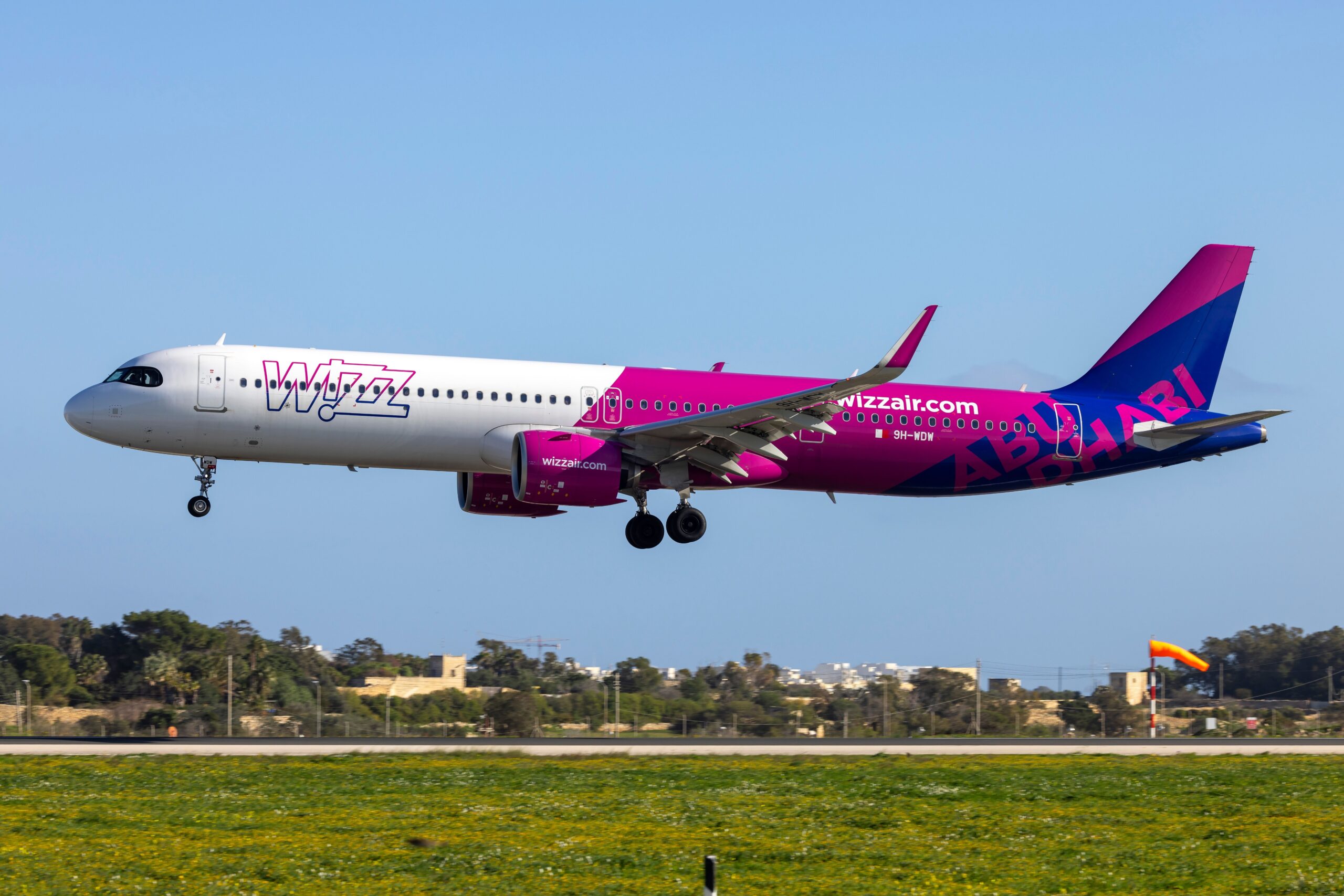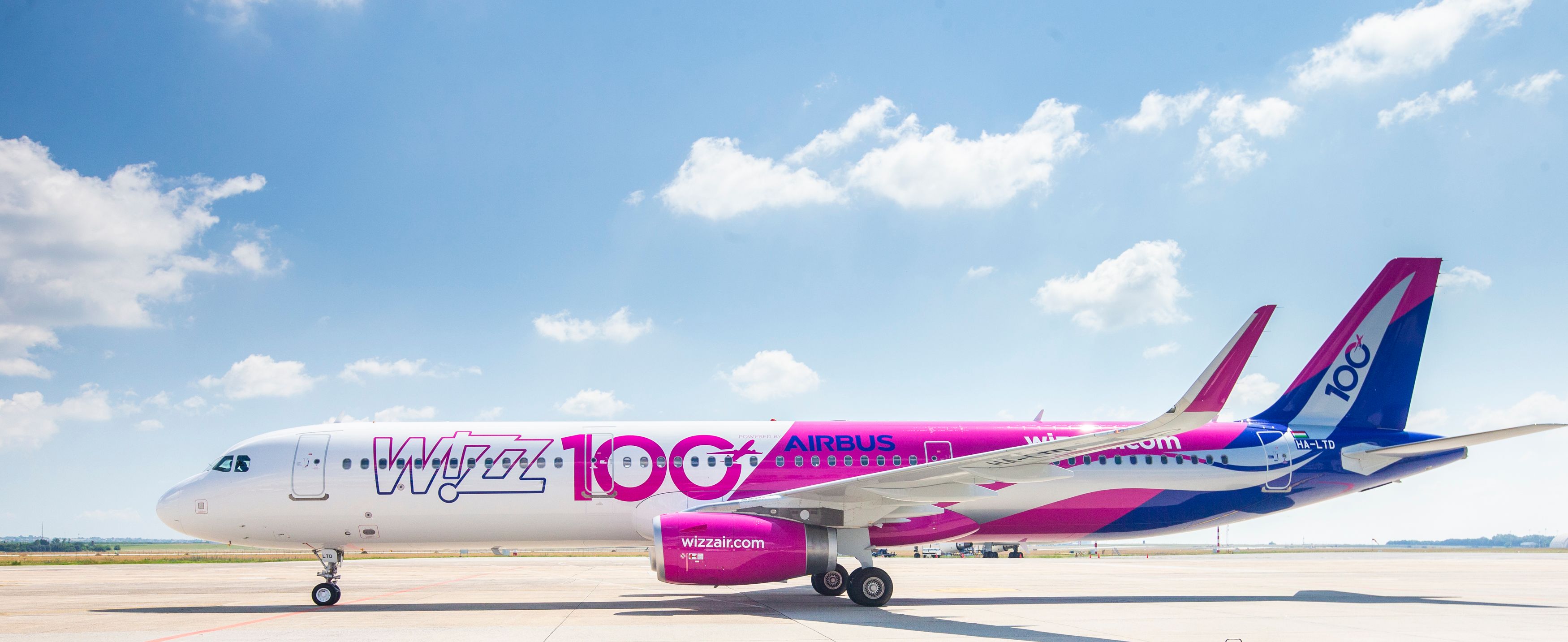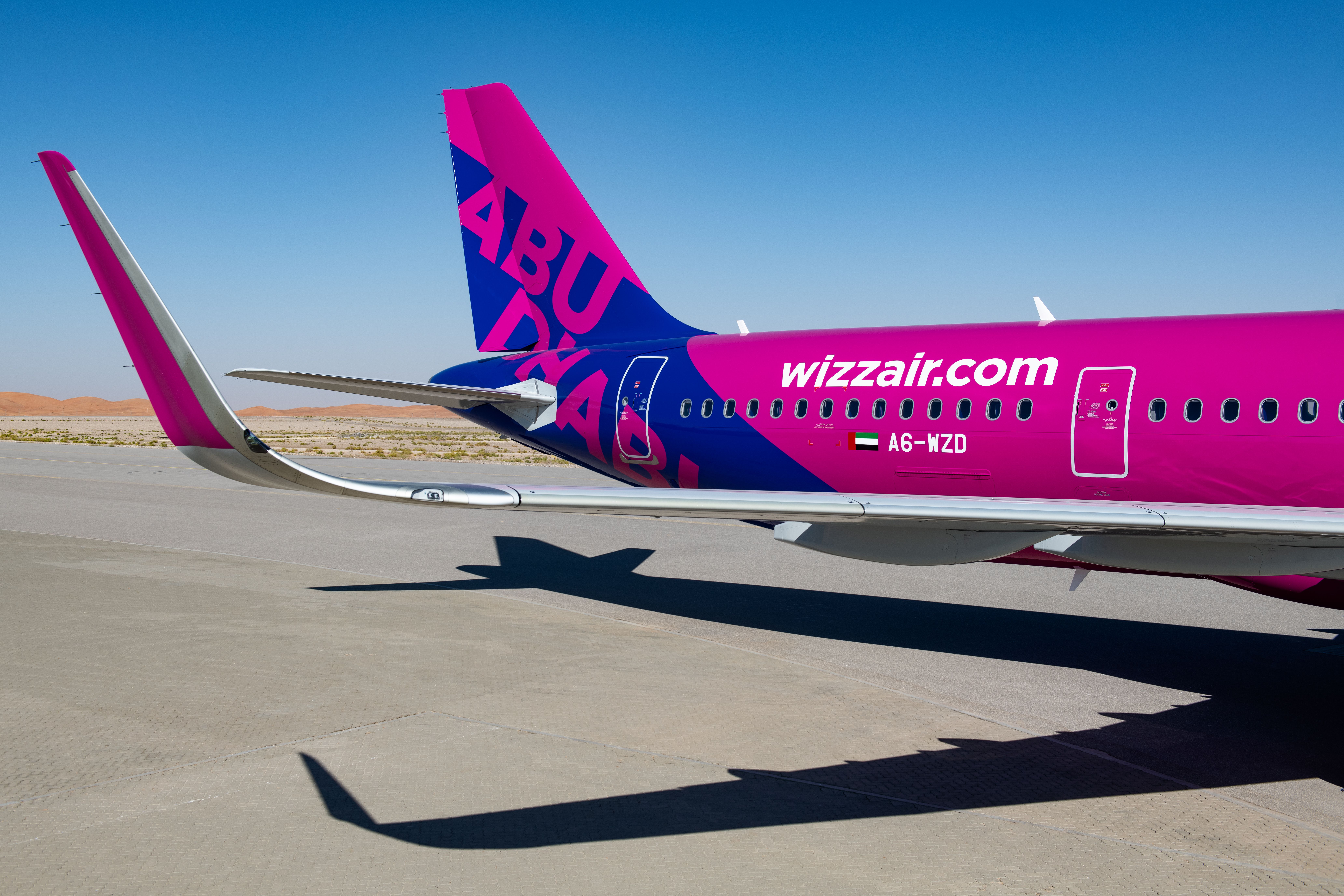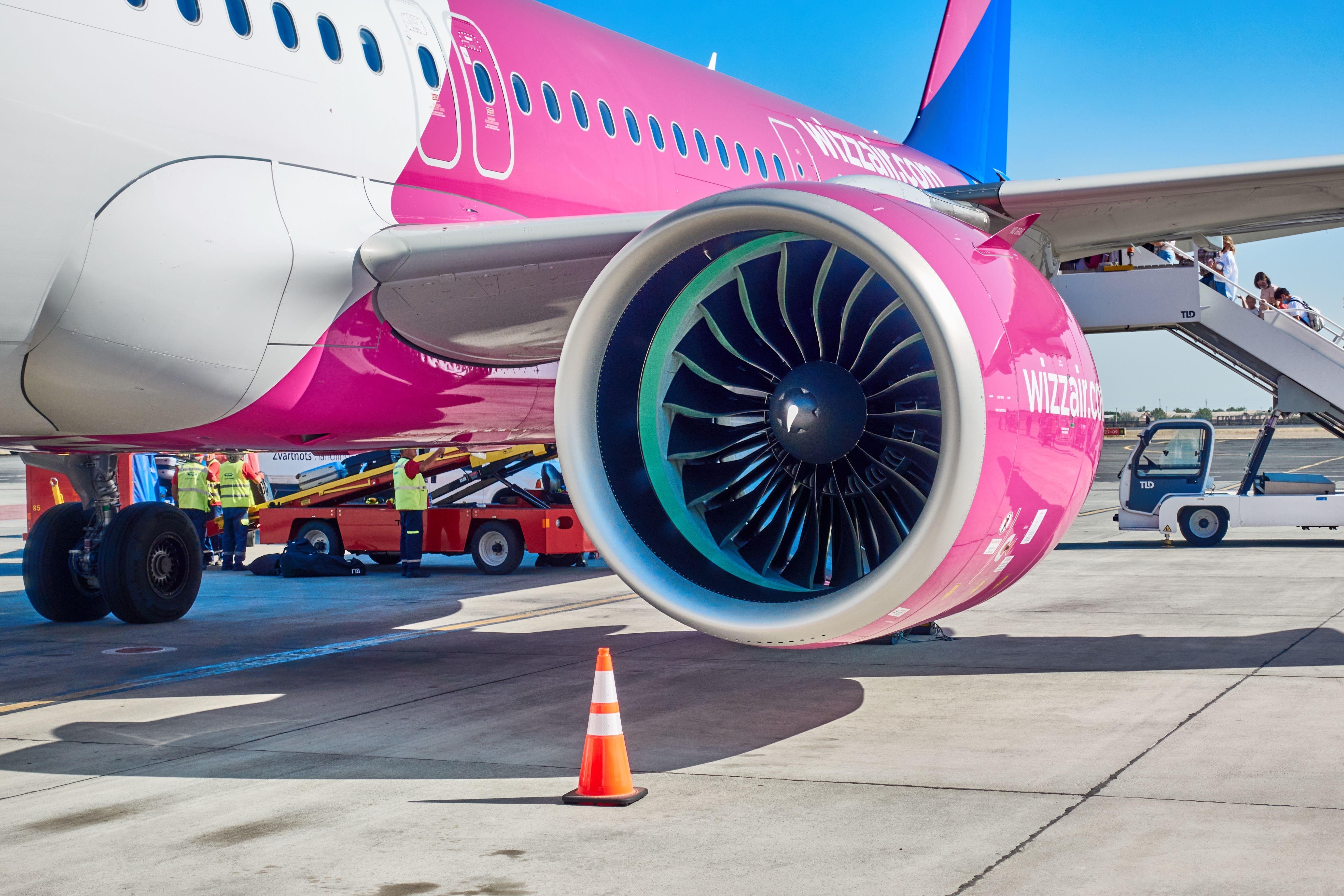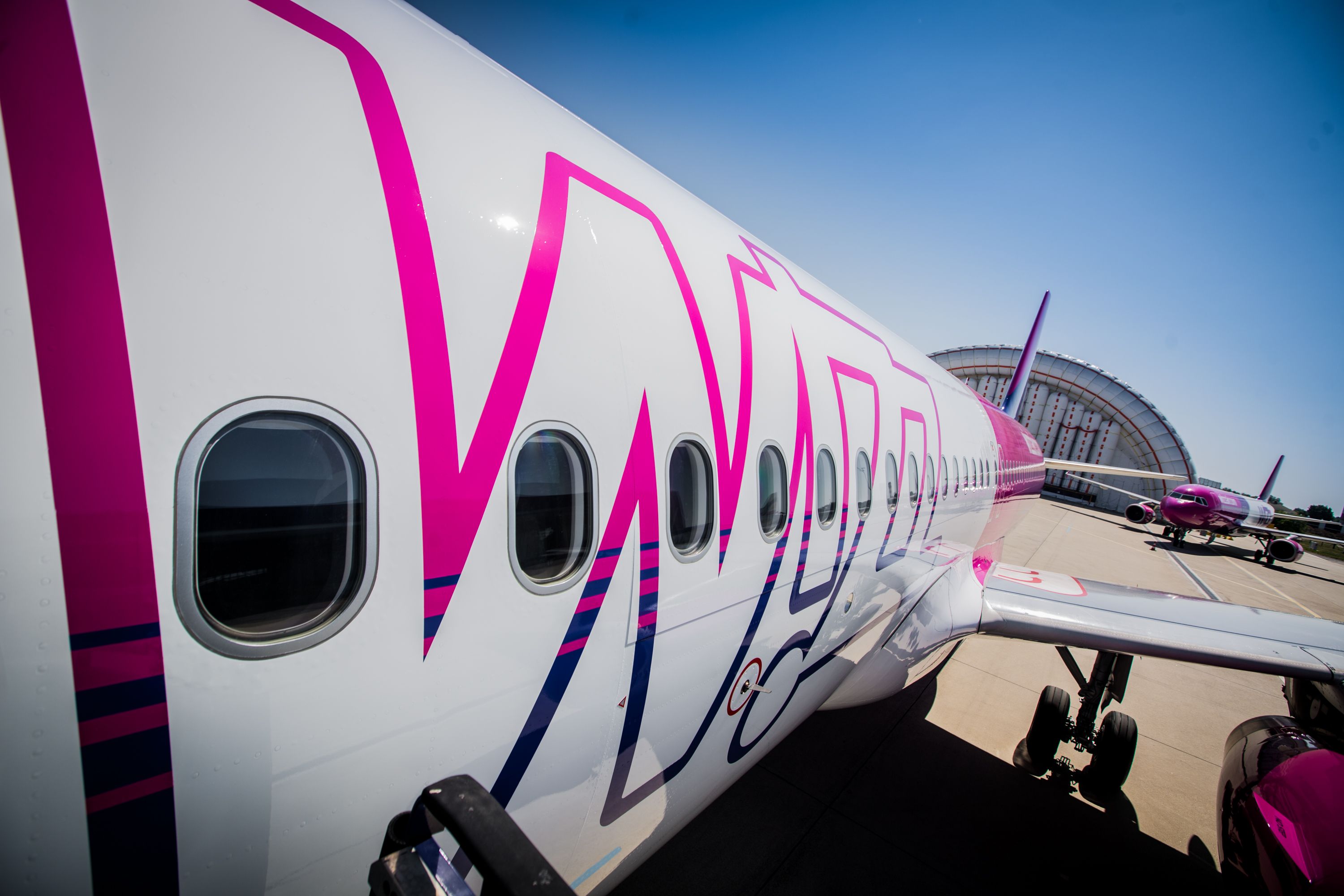Wizz Air is one of the leading Low-Cost Carrier
airlines (LCC) in Europe
. All airlines have a diversity of business models, with each having unique characteristics that differentiate them from competitors. The aviation industry has been experiencing a trend towards convergence in business models, leading more airlines towards a common middle ground.
According to studies, airlines at the traditional extremes of the business model concept are more likely to achieve superior returns, while hybrid types in the middle have been shown to be at risk of diminished profitability.
In ‘An empirical investigation of European airline business models’ from ScienceDirect, research states: “Key drivers of the economics of LCCs are younger fleets, denser seating capacity, higher aircraft utilisation and greater labour productivity.”
Going on to say, “Wizz perfectly matches the expectation of a flat line, scoring LCC values for all the variables in the model, replacing Ryanair as the ultimate LCC in Europe.”
Wizz Air operates a point-to-point network model with uniform and younger fleets, while their pricing strategies focus on unbundled fares at bargain prices. Flyers who are looking for affordable travel and a reliable carrier are drawn to this ultra-low-fare airline.
Fuel efficiency as an essential factor
Fuel-efficient engines are a common highlight of modern planes, which is essential for budget airlines. Even small engine performance improvements save millions of dollars over several flight cycles since fuel accounts for a significant amount of aviation operating expenses.
Customers will pay less as a direct result of the airline’s fuel savings. The younger aircraft consume less fuel, so passengers will get seats at market-beating prices. When paired with carefully thought-out route plans, that savings raise profitability for Wizz Air
.
Reduced carbon emissions from a late-generation fleet with new engines also make the airline more appealing to eco-conscious consumers. Yvonne Moynihan, chief corporate and ESG officer of Wizz Air, told Gulf Business:
“We like to say we’re sustainable by design and low cost and low carbon.”
Advanced aerodynamics and lighter interior materials are other qualities of the younger aircraft. These characteristics serve to further the primary objective of providing travelers with inexpensive airfares.
Wizz Air is aware that constant improvements in propulsion technologies keep fuel costs under control, which is a necessary component of sustained profitability, even when other carriers choose older fleets for the up-front purchase savings.
Strong competition and market leverage
company Wizz Air Holdings Plc., also known as W!ZZ, is based in Budapest, Hungary
. Wizz Air Malta, Wizz Air Abu Dhabi, Wizz Air Hungary, and Wizz Air UK
are among the company’s subsidiaries. Wizz Air Hungary Ltd., the group’s oldest airline, is headquartered in Budapest – of all the Hungarian airlines, Wizz Air has the biggest fleet.
Legacy carriers typically have high overheads in local markets. With cheaper tickets, Wizz Air can secure its place in the market and make a strong profit. They offer no-frills travel at an ultra-low cost and a flexible network, with a significant presence in Central and Eastern Europe.
Photo: Wizz Air
To meet the rising demand for reasonably priced air travel, Wizz Air is constantly increasing its network by adding new routes and destinations, especially in the CEE area and beyond.
A competitive field of air carriers competes to fill seats throughout Europe as they do around the globe. Those that depend on older planes may experience downtime and greater maintenance costs. Wizz Air, however, carves out a niche by operating more daily flights.
Photo: Wizz Air
Every route requires careful planning to avoid customers fleeing to a rival if an airline’s regular schedule dependability should fall off. Wizz Air inspires confidence with its new jets, so travelers can be reassured that there will be no unforeseen technical issues and that schedules go smoothly.
With its digital-first strategy and chatbot Amelia, for example, Wizz Air is investing in technology and innovation to boost efficiency, simplify operations, and improve customer experience.
Maintenance savings and time efficiency
Another major component of operating costs is maintenance. Checks must be performed more often on older aircraft. Longer ground periods are the result of the engineering hours required to maintain its flightworthiness. The overhead for maintenance is greatly reduced when outdated aircraft are replaced with new ones.
Revenue is lost due to downtime. A plane is not making money when it is parked for repairs. The fleet of jets that are still shiny and factory fresh enables Wizz Air to sustain quick turnarounds and provide passengers with a variety of flight schedules.
Photo: OLEG PLESHKOV | Shutterstock
In the critical early years of operation, Wizz Air expects to avoid unforeseen financial burden because new aircraft often come under warranty for specific engine or component difficulties. This benefit translates into solid quarterly predictions and reliable budgets, which are crucial in a challenging market. Reliability at scale strengthens brand loyalty as well.
Modern aircraft also have improved cabin systems with fewer mechanical issues. Instead of dealing with larger structural maintenance, crews might work on simpler, software-driven upkeep.
High fleet reliability and quality mean a stronger track record for on-time performance, fewer flight cancelations, and fewer passenger interruptions are the results. The low-cost strategy has immediate and palpable benefits.
Environmental benefits underpin brand credibility
Aircraft that are newer are more environmentally friendly. Each aircraft emits fewer pollutants per seat thanks to better engine designs. Travelers who are conscious of airline sustainability are becoming more selective about their travel companions. They view an airline’s carbon strategy as an indication of ethical conduct.
Flying aircraft with reduced CO2 emissions is in line with international net-zero goals. Quieter takeoffs and landings are another benefit of the decreased fuel use. By reducing noise footprints that may have an impact on nearby areas, this promotes improved relations with the communities surrounding large airports.
Photo: Wizz Air
Regulations increasingly favor the purchase of modern, more eco-friendly planes. Environmental fees include carbon taxes, noise fees, and potential future limitations. Operating a new fleet puts Wizz Air in a position to comply with new regulations with no difficulty. The brand, on the other hand, is still in the lead and prepared to adhere to any revised environmental regulations.
An eco-friendly fleet may help the airline stand out in a crowded aviation industry from a marketing perspective. Customers are informed that operational choices have a broader reach when a commitment is made to continuous fleet renewal. Wizz Air can strike a balance between corporate responsibility and financial performance thanks to the complimentary qualities of cost-effectiveness and environmental care.
Fleet specs by the numbers
In data collected by Planespotters.net, “Wizz Air Holdings has an average fleet age of 4.7 years.” This low average age underscores how new planes play a major role in the airline’s cost structure and brand appeal.
Wizz Air prefers newer models, as seen by the following bulleted list of sample characteristics (standard units followed by metric in parentheses) for the Airbus single-aisle range:
-
Seating capacity (
Airbus A320series): 180 seats (180 seats)
-
Seating capacity (
Airbus A321series): 230 seats (230 seats)
-
Range (
Airbus A320-200): approximately 3,300 nautical miles (about 6,110 km)
-
Range (
Airbus A321neo): around 4,000 nautical miles (approx. 7,400 km)
- Length (A320 family): roughly 123 feet (about 37.5 metres)
- Wingspan (A321neo): near 117 feet (around 35.8 metres)
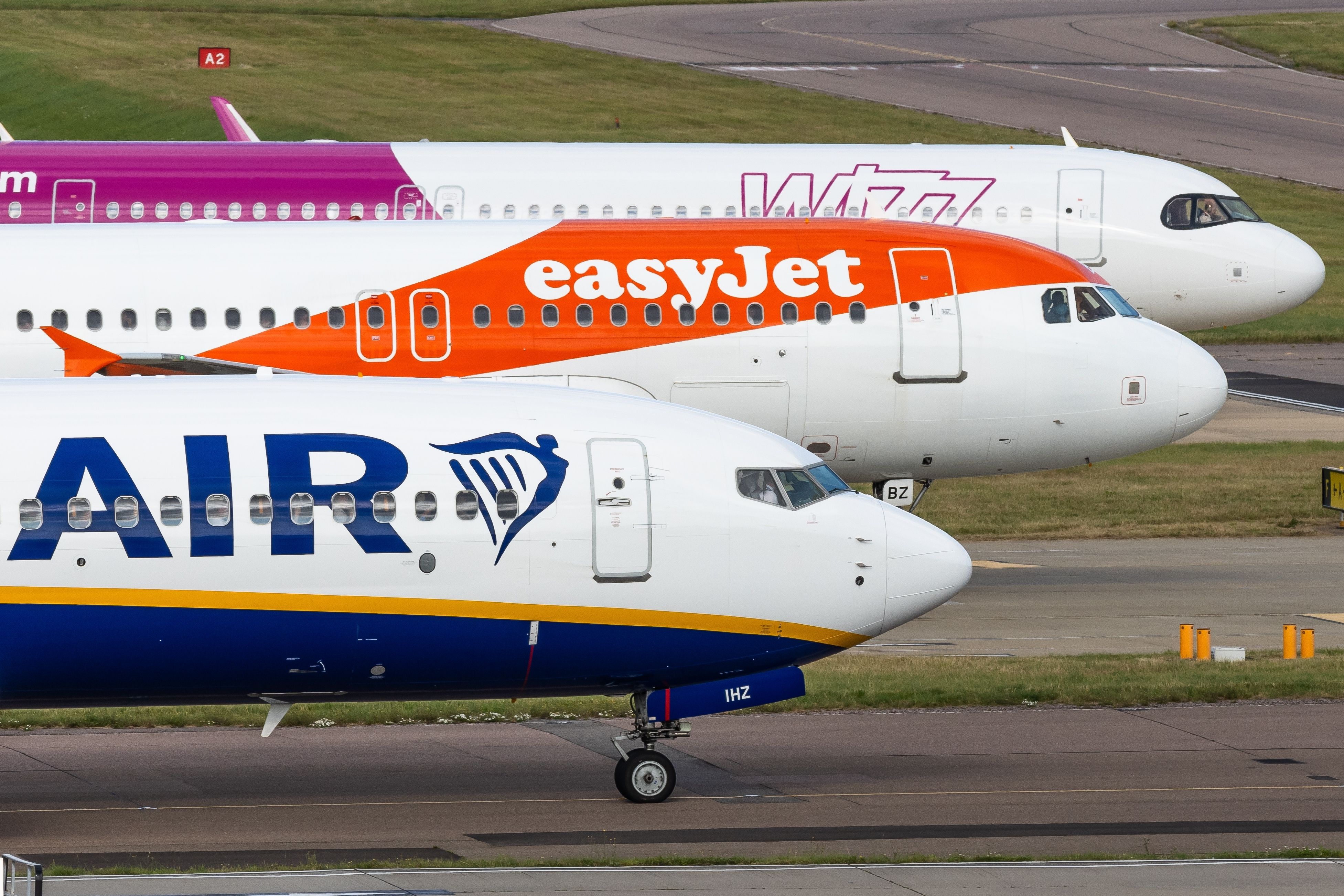
Related
Is easyJet Even A Low-Cost Airline?
easyJet is officially a low-cost carrier, but its strategy is quite different to fellow European budget carriers Ryanair and Wizz Air. In an interview with Italy’s Corriere della Sera last month, CEO Kevin provided a bit of clarity.
There are several differences. Firstly, the key markets between LCCs are different. Jarvis says 70% of its flights compete with legacy carriers rather than low-fare ones. Where they do compete with the latter, “our routes are slightly different,” operating primarily to Western Europe and capital cities.
The second difference is this focus on primary airports. To this, Jarvis said: “Well, I think what EasyJet has always done is provide value. We’re very thoughtful about where we fly and try to operate from primary airports in major cities across Europe.” This is because they have “large catchment areas, making it easier for customers to access these airports.”
With its latest, significant expansion into Italy, easyJet is also hoping to better compete agai
Operational flexibility and route expansion
Both operational and strategic agility are provided by younger fleets in response to ever-changing travel patterns. More flights with efficient fuel consumption are possible thanks to modern aircraft, opening up previously unattainable markets or direct hub connections. When demand spikes in a certain area, this enables Wizz Air to react quickly.
Keeping the fleet in the Airbus A320
series family streamlines crew training and establishes standardized procedures that lower overhead. By simply switching between variants, pilots and cabin staff are not burdened by the operational complications that arise with flying several models of aircraft.
With this strategy, Wizz Air is ideally positioned to capitalize on strategic opportunities. When other airlines reduce their operations or shut down, Wizz Air can fill the void and attract budget-conscious passengers. The end product is a dynamic route map that is constantly changing to reflect demand in real time.
Outlook: securing Wizz Air’s lead
Operational efficiency is crucial in short- and medium-haul markets because they frequently see fierce pricing wars. Wizz Air maximizes the advantages of its fleet to keep up a breakneck pace as its network expands. Travelers have responded with ever-increasing booking numbers.
“This new route from Spain underscores our commitment to offer our passengers convenient and affordable travel options,” said Gabriele Imperiale, Corporate Communication Manager at Wizz Air. “We are very pleased to diversify our network and unlock a new direct connection from Bilbao to Budapest, adding to the existing routes to Warsaw, Vienna and Rome. This development will enhance travel opportunities for Spanish travellers, as well as provide more leisure and city break options, generating continuous passenger flow in both directions.”
These modern aircraft allow Wizz Air to investigate new sustainability options, such as using biofuel in part or next-generation propulsion. By entering that domain, the airline exhibits preparedness for the problems of the future. It is easier to incorporate innovative wing designs or operating software on a younger frame.
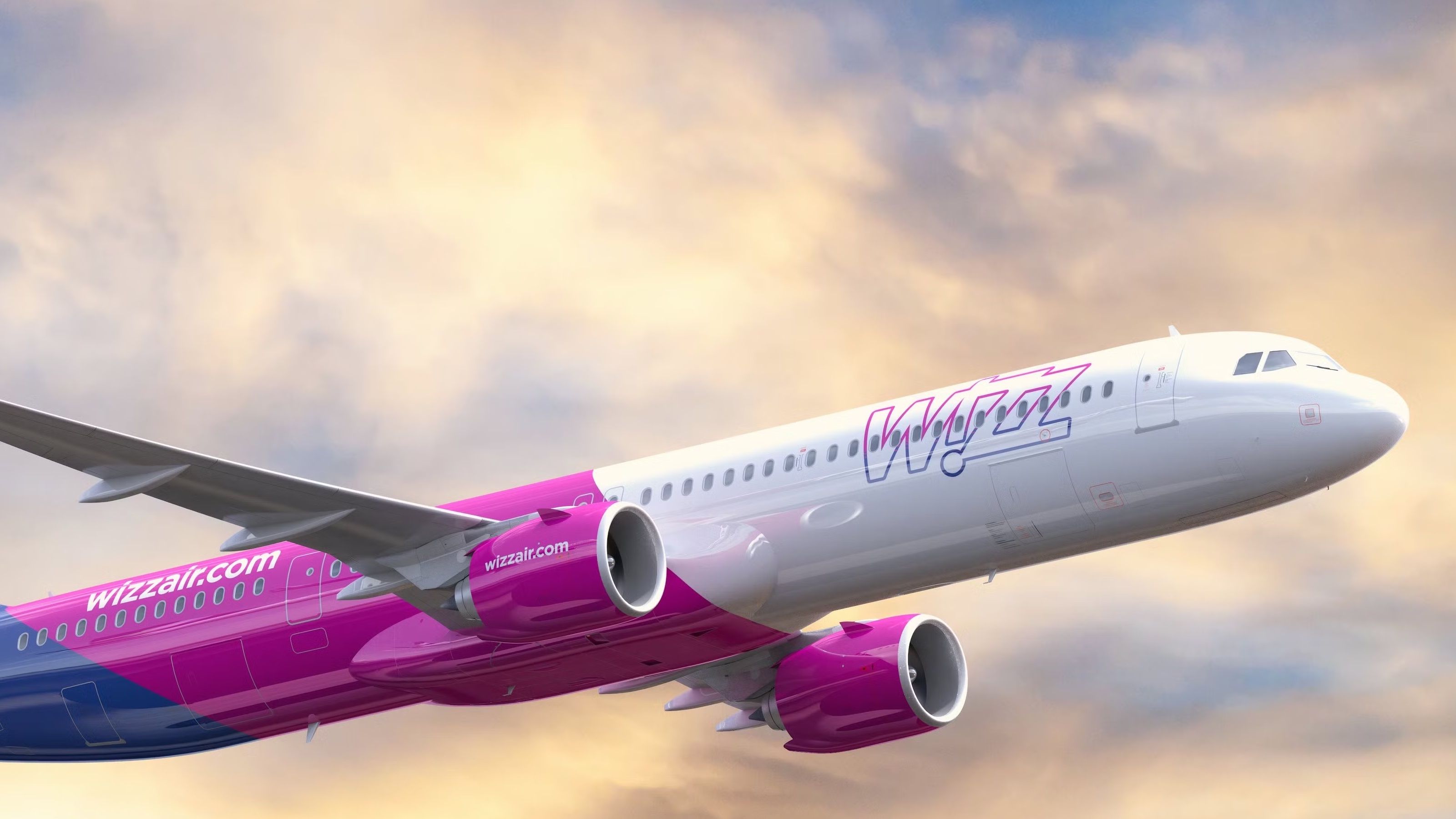
Related
Where Should Wizz Air Deploy Its Airbus A321XLR Models?
Over the past few weeks, Simple Flying has continued to examine Wizz Air’s continually growing route network, with special emphasis placed on the airline’s longest services. With Wizz Air set to roll out its fleet of Airbus A321XLR jets across its network over the next few years, many have begun to wonder what could be in store for these long-range aircraft. One of the most popular discussions among airline industry analysts is whether or not the carrier will use these jets to serve destinations across the Atlantic. Transatlantic operations have historically been an upward battle for low-cost carriers, which have faced heavy competition and high-fee environments created by the North Atlantic market. What do you think? Where should Wizz Air deploy its Airbus A321XLR jets over the next few years?
